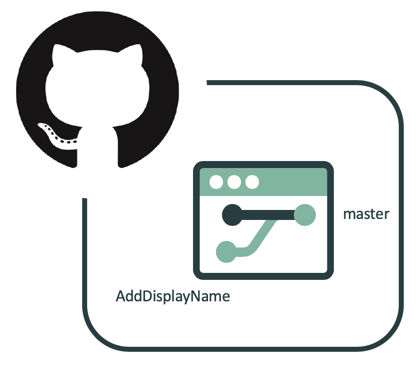

Checking differences and apply a specific commit Git diffĪs the name explains, it finds the difference between files, commits and branches. git log –pretty=format:”The commit %h is applied by %cn”ĥ.You can use the %h for commit hash and %cn to display the name of person who committed. This switch shows the formatted result of the commits. This will show the history of a particular user who authored the changes. And the output would be similar to the following. To display the information in one line use ––oneline option/switch with Git log command. This will display only the last ‘n’ number of comments based on your inputs. When someone is looking for recent commits. Let’s apply some switches to change the formatting of the log. If you simply type Git log, on your terminal under your project folder you will see a list of logs similar to the below image. The basic Git log command will display the logs but the output of the command can be changed by applying the different switches. For example, it will show who committed and what changed when, etc. This command will display the log of past actions on the repo.
#Github desktop merge master into branch code
We all use source code tools to check the history of the changes. In order to overcome this situation, be sure to frequently rebase with the Master branch. Your code could even break the features of the application. For example, if your branch is active, long-lived, or separated from the Master branch for a long time, and then you would like to rebase your branch with the Master, this may cause issues, because, after a length of time, there would be many changes in the Master branch that could impact your branch code. There are cases when rebasing may create a problem for you. It helps maintain a clean history of the project. One of the most helpful advanced Git features, Git rebase, fetches the latest commits from the Master branch and puts your code on top of that. See below: Restore a revision in a new branch For example, you can restore or rebase a revision in a new branch. The next time you change anything to that file, that file will reflect in the Git status. This command will revert your branch to a specific commit but will keep your changes on your local machine. All commits that come after this version are effectively undone your project is exactly as it was at that point in time. This command will revert your branch to the specific commit. This command has two different options ––hard and ––soft. By default, it will rewind to the last commit, but you can pass on a commit hash with the command to revert it to a specific commit. Reset Your Branch Git resetĪnother one of the advanced Git features can be used to reset your branch, revert, or rewind to the last commit. This command is useful whenever you need an independent branch without any relation to any other available branches. It can be accomplished by using the Git checkout command with the ––orphan option. So the first commit in this branch will be the root of this branch without having any history. An orphan branch is a separate branch that starts with a different root commit. If you want to share your branch with someone else with no history, you can do that by creating an orphan branch. This command is useful to fetch the required branch quickly to fix the issues in a big project. You need to mention the name of the branch, such as staging or development, and the path of the Gitlab or Github repo.

To fetch a specific branch’s content, you need to trigger the same Git clone command along with the branch name you want to clone. Cloning a Specific BranchĪs mentioned in the previous blog, an existing repo can be cloned using the Git clone command, but what if you need to clone only a specific branch of the repo? For example, if you have master, staging, and development branches, you may just want to clone the staging branch.
#Github desktop merge master into branch download
Often we ask questions like: What are the differences in our code files and branches? How do we download a piece of code? How can we merge changes to remote? This blog will help you answer these questions and provide you a brief summary of some advanced Git features. In general, we mostly use the basic Git commands in projects, like Git clone, Git pull, Git checkout, Git add and Git commit, although in some cases we need advanced Git features to check our work.

This is one of the most important parts of our daily work. 6 Git commands that make web development easierĪt Rubico, we use Git to manage our source code.


 0 kommentar(er)
0 kommentar(er)
